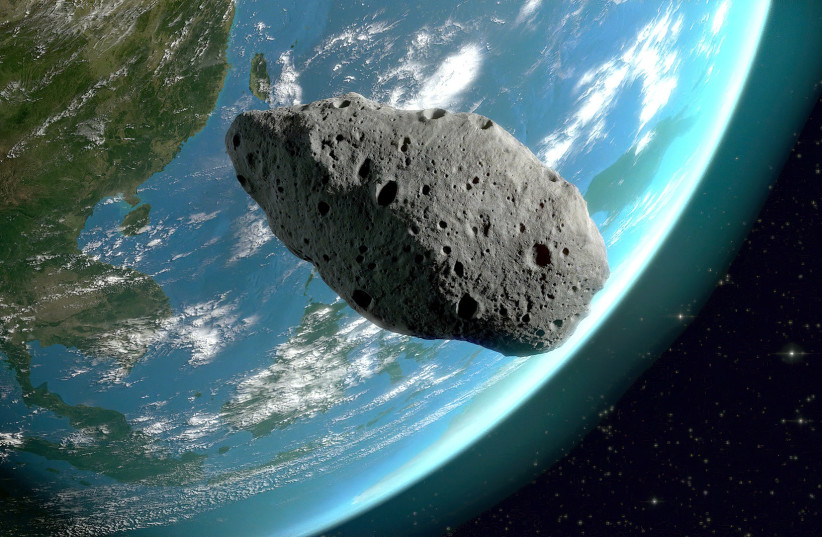66 million years ago, a massive 10-kilometer-long asteroid struck Earth and triggered the extinction of all dinosaurs.
A paper that will be presented at a Geological Society of America conference on Sunday in Denver presents evidence that the impact also set off an earthquake that shook the planet for as long as months after the asteroid had struck.
This “mega-earthquake” is estimated to have included 50,000 times the energy than was released during the Sumatra earthquake in 2004 that registered 9.1 on the Richter Scale.
Hermann D. Bermudez, a PhD student in the Environmental Science and Management program at Montclair State University, will present the paper after conducting field work in North America, a section of Gorgonilla Island in the Colombian Pacific as well as in northeastern Mexico where he found evidence of the Chicxulub mega-earthquake in the geologic record of the Chihuahuan Desert.
<br><br>"Tektites" provide clues into the mega earthquake
During fieldwork on Colombia’s Gorgonilla Island, Bermúdez found layers of sediment filled with small glass beads as well as pieces of ‘tektites’ and ‘microtektites’ that were ejected into the atmosphere during the impact of the asteroid, Heritage Daily reported.

It said that the glass beads formed due to the heat and pressure of the impact which melted and scattered the crust of the Earth.
“In all the sections studied, the uppermost Maastrichtian and the K/Pg boundary deposits were affected by in-situ liquefaction, intense soft-sediment deformation, and bed disruption, illustrating the magnitude of seismotectonic activity as a consequence of the Chicxulub asteroid impact,” Bermúdez wrote in an abstract submitted for the conference in Denver.
According to Forbes, rocks discovered on the coast of Gorgonilla Island show what took place when the asteroid hit at the bottom of the ocean. There, sand, mud, and small ocean creatures which had gathered on the ocean floor experienced soft-sediment deformation that is preserved in outcrops today, which Bermúdez says was due to the mega earthquake that shook the planet after the impact.
